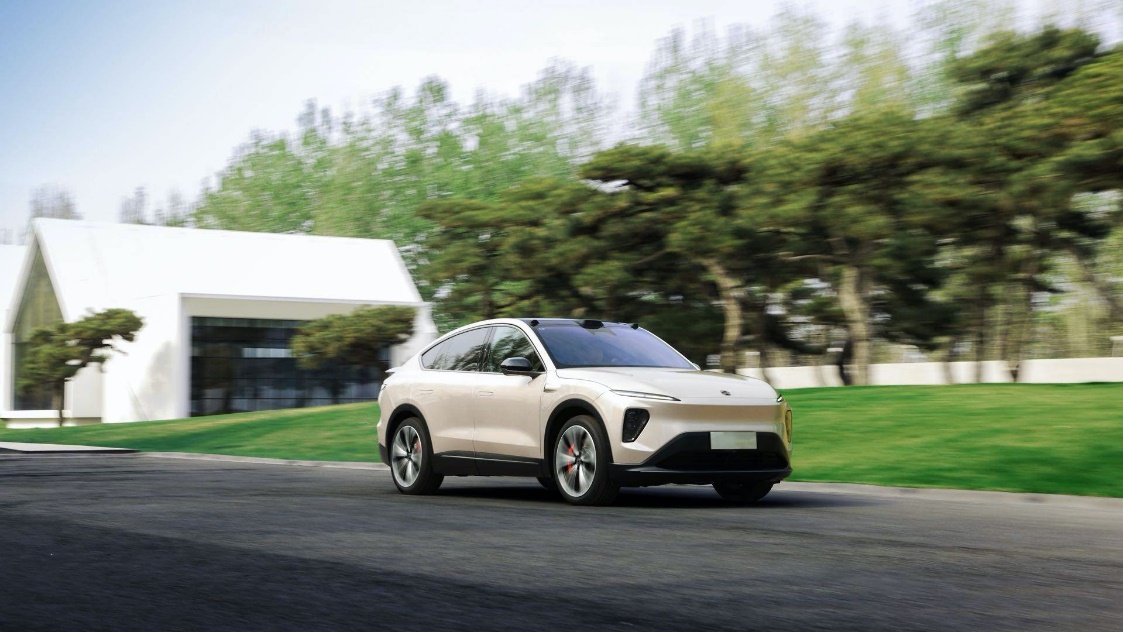On May 4, 2023, NXP Semiconductors announced in Shanghai that NIO will adopt its 4D imaging radar solution. This technology boasts superior capabilities over traditional radar, able to identify and classify various objects within complex urban scenes, on highways, and at distances up to 300 meters.
NXP’s imaging radar solution offers seamless performance scalability and software and hardware design reuse across radar platforms. By combining radar processors and transceiver chipsets, it delivers efficient radar processing through high-performance radio frequency technology, enabling L2+ and higher levels of autonomous driving services.
NXP’s imaging radar technology expands radar functionality beyond measuring distance and velocity to include direction detection, arrival angle, and elevation. High-resolution point clouds enhance environmental mapping and scene understanding, allowing the system to detect and classify objects beyond the human eye’s range of vision while virtually unaffected by weather or lighting conditions.
The S32R platform provides a universal architecture for software reuse and rapid development, a high-performance hardware security engine (HSE), over-the-air (OTA) update support, and compliance with the latest cryptographic standards. The newest member of NXP’s scalable radar product portfolio is the industry’s first radar single-chip IC SAF85xx series based on 28 nm RFCMOS, dedicated to meeting the automotive electronics applications of the next-generation NCAP.
Torsten Lehmann, Executive Vice President and General Manager of RF Processing at NXP, said, “NXP’s imaging radar technology accurately images the environment around vehicles, enabling automakers to deliver higher-quality ADAS and autonomous driving features. NIO’s adoption of NXP’s 4D imaging radar technology demonstrates their recognition of its performance and efficiency.”
It is worth mentioning that in October last year, NXP and NIO had already deepened their collaboration in the field of electric drive systems. NXP supports NIO’s high-end vehicle models with highly integrated, energy-efficient, and secure products for their power system selection, and helps NIO transition from IGBT to silicon carbide improvements.
This article is a translation by ChatGPT of a Chinese report from 42HOW. If you have any questions about it, please email bd@42how.com.
